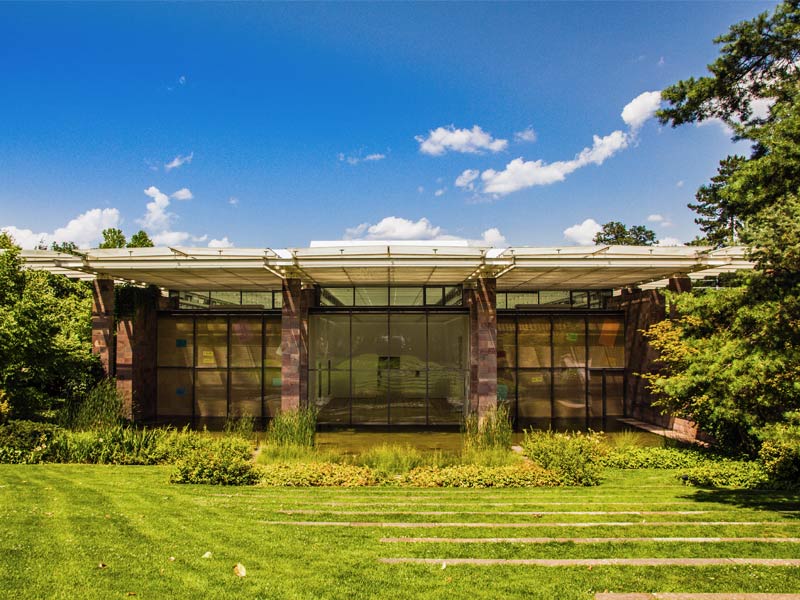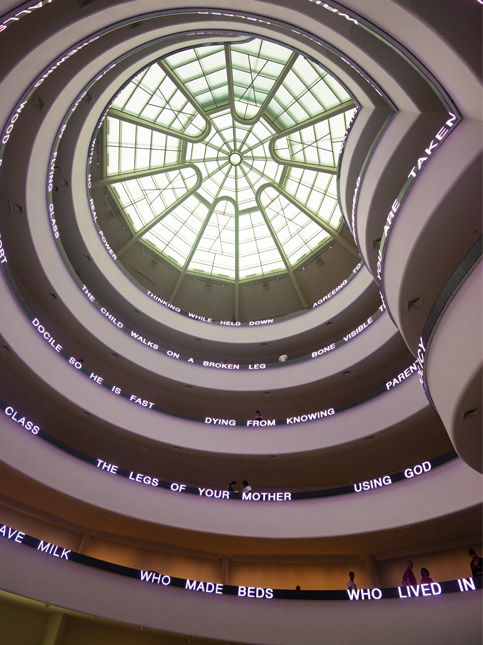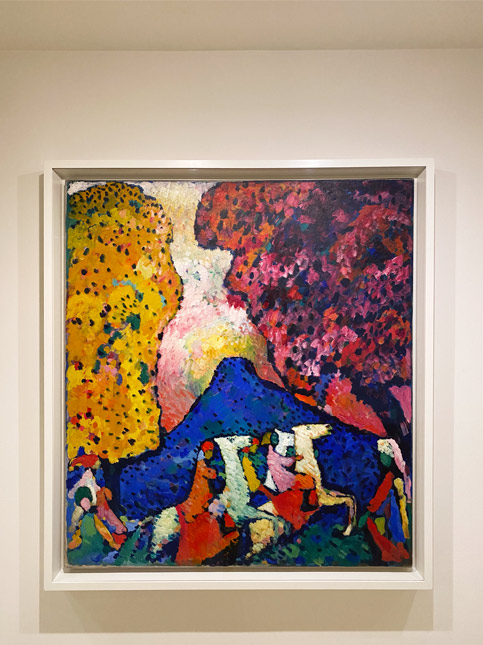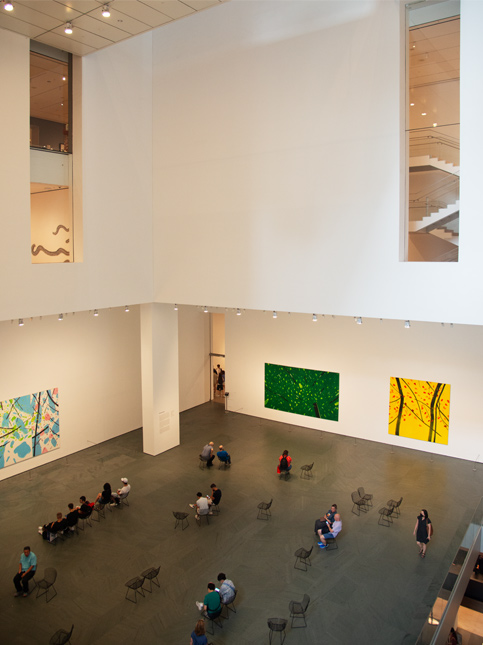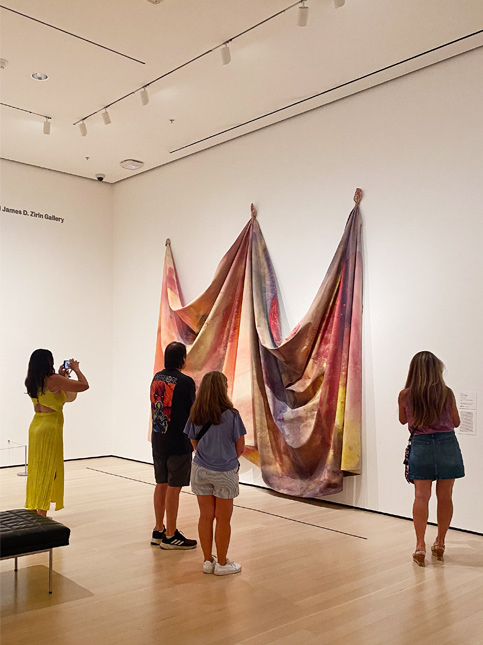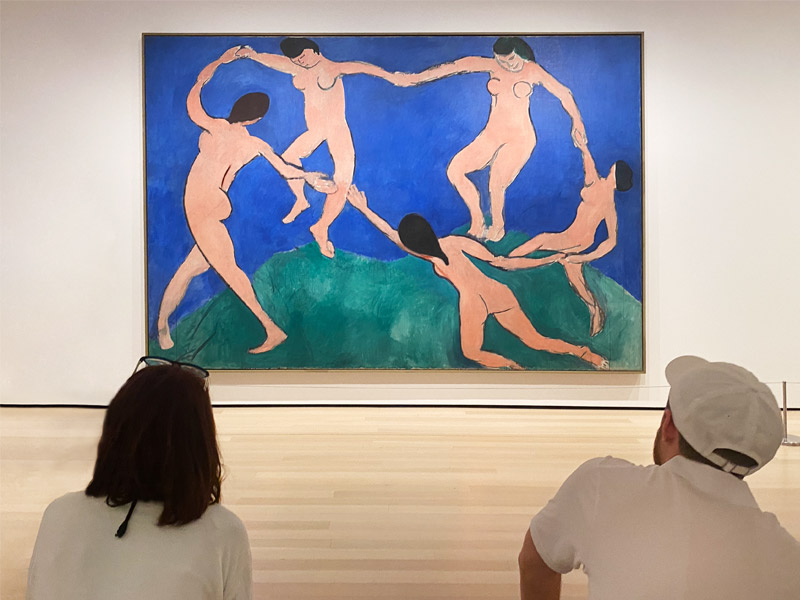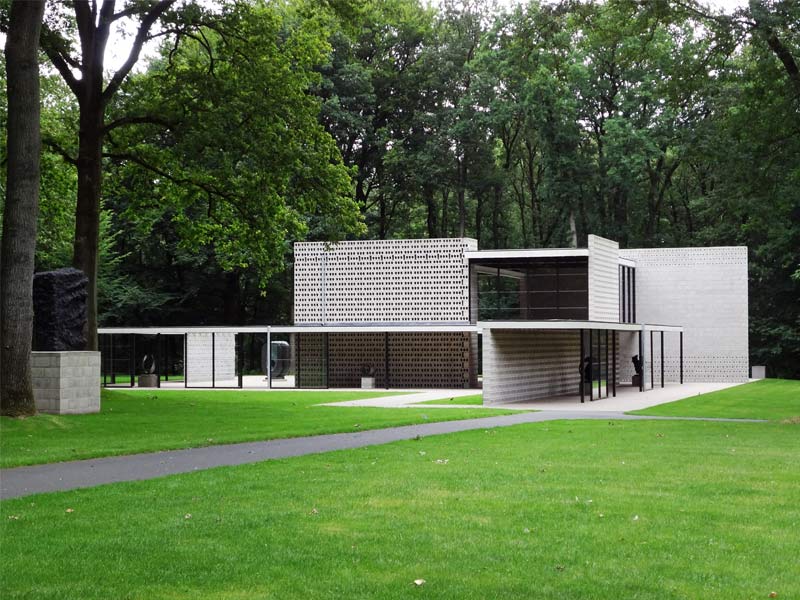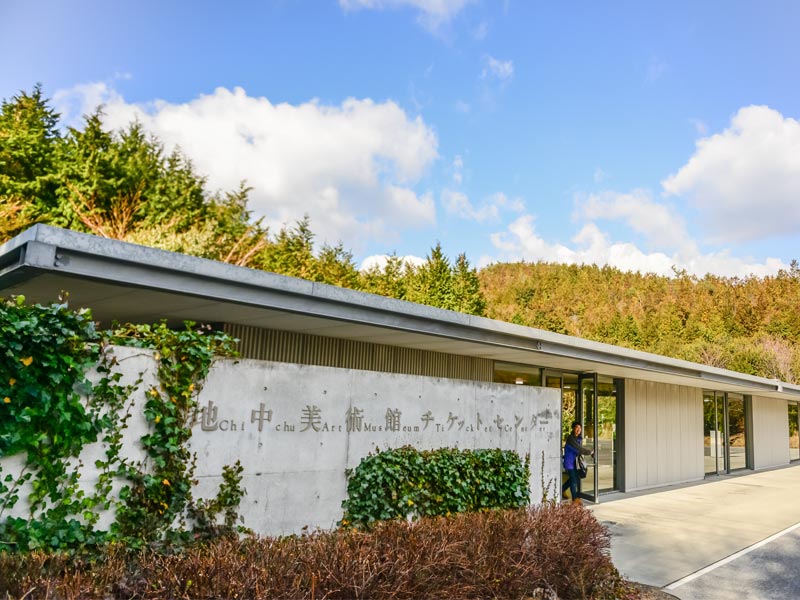Kitchens
- Category Name
- Kitchens
Get an approximate budget for your kitchen design by sharing your space details.

Search for Kitchens Wardrobes Doors & windows Curtains & Blinds Bathware Lights Design Ideas
Speak to our design professionals
Share your info, we’ll book your slot.
Will you be living in your space during the renovation?
 Previous Question
Previous Question
 Previous Question
Previous Question
Please Select Date and Day
Appointment Date & time

From New York to Netherlands, and Japan to Switzerland, these sought-after museums should be on your list of places to visit. Their design, whether towering or subliminal, plays an important part in their overall appeal. If you are planning a vacation soon, let this be your guide
Even though art and inspiration can be found anywhere, paying a visit to a museum can have a profound effect on one’s senses not just with what’s on display, but also because of the setting. From the architecture and the lighting to the curation, each aspect plays a crucial role in ensuring that visitors discover something that leaves an impact on them. From admiring works of celebrated artists to finding a new one who moves you, museums are a treasure trove of discoveries. Their design, whether towering or subliminal, plays an important part in their overall appeal. Keeping this in mind, we asked five tastemakers to tell us about their favourite museums and what stood out for them. If you are planning a vacation soon, then let this be your guide.
“Amongst our favourite museums is Fondation Beyeler in Riehen on the outskirts of Basel in Switzerland where we return every year during Art Basel and have seen several incredible exhibitions there over the years. The museum designed by the legendary architect Renzo Piano is exceptionally built in the way it integrates with the natural landscape, the fields, the trees and farmlands that surround it. Also, a complex translucent roof system that diffuses natural light along with the museum’s own lighting system makes it a truly remarkable experience to see an exhibition there.
The building’s main structure has four parallel walls atop which is a unique roof and lighting system. The way the roof is built gives it an overall sense of lightness while balancing the weighty concrete structure of the exterior walls. The exhibitions at Beyeler are primarily from their own collections combined with artworks loaned from some of the most important collections in the world and therefore the exhibitions they produce are truly unmissable. Some of our most memorable exhibitions at Fondation Beyeler are Doris Salcedo’s retrospective (2023), Basquiat – The Modena Paintings (2023), Mondrian Evolution (2022), The Young Picasso – The Blue and Rose Periods (2019), Bacon-Giacometti (2018), Marlene Duma (2015), Max Ernst (2013).”
"There are few buildings in the world where the architecture so seamlessly shapes the experience of its content. A continuous, spiralling ramp, open central atrium, and the masterful use of natural light transform what could be a static gallery visit into an unfolding journey. This is what makes the Guggenheim museum in New York such an enduring source of inspiration for me.
Frank Lloyd Wright’s bold design breaks away from the rigid linearity of traditional museums. Instead of compartmentalised rooms, the visitor is guided through a fluid progression of space, an idea that resonates deeply with my own design sensibilities.
I found the viewing of the Kandinsky and Picasso collections particularly memorable, not just because of the artworks themselves, but because of how the architecture enhanced their impact. The interplay between curved walls, light, and the movement of people creates a layered experience that feels immersive and almost sculptural. It’s a powerful reminder that architecture isn’t just about sheltering objects, but about amplifying the way we connect with them. The Guggenheim remains, to me, a timeless example of architecture as narrative.”
"If I had to choose one museum that continues to inspire and challenge me, it would be The Museum of Modern Art (MoMA) in New York. MoMA is not just a space that houses art—it is a living, breathing dialogue between creativity, culture, and time. I’ve always admired how it curates bold, thought-provoking exhibitions that speak of both history and the future, often encouraging viewers to question their perspective and embrace the unexpected.
What moves me most about MoMA is its celebration of diversity in form—from architecture and design to photography, painting, and performance. It reminds me that great design isn’t about conformity; it’s about emotion, innovation, and storytelling. Every visit reinvigorates my own creative process, making me more observant of the world around me as well as more fearless in my work.
“I visited the Kröller-Müller Museum in the Netherlands in 2016, and the experience still remains one of the most memorable from my travels. One of the most special aspects is that to reach the museum, you either walk or cycle through the Hoge Veluwe National Park. We chose to cycle, covering 20–25 kilometers of scenic, peaceful paths surrounded by forest and open landscapes. The museum sits quite literally in the middle of the national park, almost hidden in the greenery, which gives it an incredibly serene feel. The architecture is strikingly intimate and open, with large glass windows that bring in natural light.
Apart from the indoor galleries that hold works by Van Gogh, Picasso, Mondrian, and Seurat, among others, the museum also features one of the largest sculpture gardens in Europe. The open-air installations are scattered across the park, and you encounter them almost unexpectedly as you cycle through the grounds. It’s a seamless blend of nature, architecture, and modern art. In many ways, the museum feels less like a formal institution and more like a home that’s been thoughtfully transformed into an evolving art space. It’s interactive, light-filled, and immersive. A place where the lines between culture and nature blur beautifully.”
“The Chichu Art Museum in Naoshima, Japan, designed by Tadao Ando, is more than a museum—it’s a masterclass in restraint, silence, and the power of spatial experience. Built largely underground, the structure disappears into the island’s hilly landscape, minimising its footprint while amplifying its impact. As an architect, I’m deeply drawn to how Ando integrates architecture with topography, light, and time — creating a seamless dialogue between the built and the natural form.
Naoshima itself is a quiet, rural island in the Seto Inland Sea. Chichu doesn’t sit within a dense urban context; instead, it redefines what cultural infrastructure can be outside the city—remote, intentional, and pilgrimage-worthy. It’s part of a larger ecosystem of art, architecture, and landscape that gives the island its identity. Inside, the museum is a series of precisely orchestrated spaces where art and architecture are inextricably linked. Light is sculpted to frame works by James Turrell, Walter De Maria, and Claude Monet—not just to illuminate, but to transform perception. For me, Chichu is a reminder that architecture can be both quiet and radical—disappearing into the earth, yet resonating far beyond it.”
For expert design consultation, send us your details and we’ll schedule a call
Yes, I would like to receive important updates and notifications on WhatsApp.
By proceeding, you are authorizing Beautiful Homes and its suggested contractors to get in touch with you through calls, sms, or e-mail.
Our team will contact you for further details.


We were unable to receive your details. Please try submitting them again.







